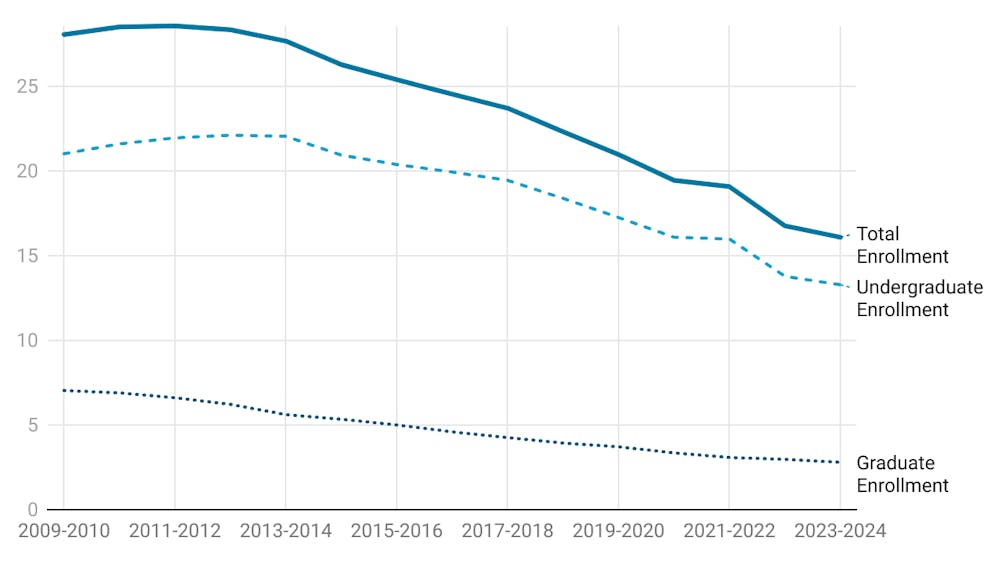CHRISTMAS
Christmas, occurring Dec. 25, is traditionally celebrated by Christians as the date on which Jesus Christ came to Earth in the form of a baby. One popular candy eaten around this time of year is the candy cane, and plenty of folklore surrounds the symbolism behind this tasty treat. When right-side up, the cane takes the form of a shepherd’s staff. When turned upside-down, the cane creates a J shape, like the first letter of Jesus’ name. The white base of the candy cane is said to represent purity, while the three red lines are said to be symbols of the Holy Trinity and the blood of Jesus, which, in the Christian belief, redeems the sins of mankind. While the story behind the candy cane is simply a legend, many Christians enjoy them as a reminder of their faith, and also because they’re pretty yummy.
HANUKKAH
One game commonly played by Jewish children at this time of year is the dreidel game. A dreidel is a top with four Hebrew letters on it: nun (?), gimmel (?), hey (?) and shin (?). These letters stand for the phrase “Nes Gadol Hayah Sham,” translating to “A great miracle happened there,” in reference to the miracles that inspired the Hanukkah holiday. The dreidel game is pretty simple. Here are
the rules:
1. Two or more players put an equal number of small games pieces, traditionally gold chocolate coins, into the “pot.” But anything small, like M&Ms or Skittles, will do the trick.
2. At the start of every round, each player puts a piece in the pot. The players will take turns spinning the dreidel. Depending on what the dreidel lands on, the player will need to take one of four actions.
Nun: The player does nothing.
Gimmel: The player takes everything in the pot.
Hey: The player gets half of the pot.
Shin: The player puts another piece in the pot.
3. If a player runs out of pieces, they are out. At the end, everyone gets to eat what they win.
KWANZAA
Kwanzaa was started by professor and activist Maulana Karenga as a way for African-Americans to celebrate their culture and heritage.
The seven-day-long holiday begins Dec. 26. The Kwanzaa celebration is very symbolic and involves a number of items placed around the house meant to represent an important idea or belief. These items include:
1. The “Mkeka,” or mat: The mat symbolizes tradition and history, which lays the foundation for a person’s experiences. It is woven and placed beneath the other items.
2. The “Kikombe cha Umoja,” or unity cup: The cup symbolizes unity among family and community. Once filled with juice, wine or water, a little is spilled in honor of ancestors and then passed around.
3. The “Mazao,” or the crops: The crops symbolize the rewards of hard work. They may be bananas, oranges, peaches or anything else the family likes.
4. The “Kinara,” or candleholder: The candleholder symbolizes the family’s roots – the people of continental Africa.
5. The “Mishumaa Saba,” or seven candles: The candles, placed on the candleholder, have three colors, each symbolizing a different concept. The single black candle symbolizes the African race, the three red candles symbolize African bloodshed and the three green candles symbolize the land of Africa. The seven candles also stand for the seven principles of Kwanzaa, known as the “Nguzo Saba.”
6. The “Munhindi,” or corn: The corn symbolizes children and the future of the family. An ear of corn is placed for every child in the family; if the family does not have a child, one will still be placed in honor of the community’s children.
7. The “Zawadi,” or gifts: The gifts symbolize the love of a parent and the commitments of a child. The gifts should always include something educational such as a book.









